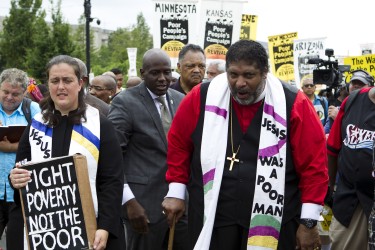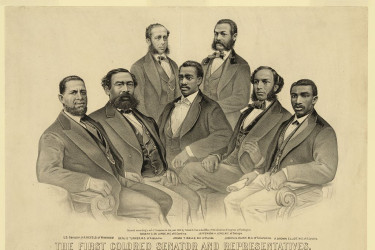When twenty-year-old Odetta Felious Holmes — classically trained as a vocalist and poised to become “the next Marian Anderson” — veered away from both opera and musical theater in favor of performing politically charged field hollers, prison songs, work songs, and spirituals before mixed-race audiences in 1950s’ coffeehouses, she was making a portentous decision for both American music and Civil Rights culture. Released the same year as her famous rendition of “I’m on My Way” at the March on Washington, One Grain of Sand captures the social justice project that was Odetta’s voice. “There was no way I could say the things I was thinking, but I could sing them,” she later remarked. In pieces like “Midnight Special,” “Moses, Moses,” “Ain’t No Grave,” and “Ramblin’ Round Your City,” One Grain of Sand embodies Odetta’s approach to the folk repertoire as both an archive of black history and a vehicle for radical expression. For many among her audience, a song like “Cotton Fields” represented a first introduction to black history at a time when there was as yet no academic discipline going by this name, and when history books themselves still peddled convenient fictions of a fundamentally “happy” plantation past. And for many among her audience, black and white, this young woman’s pride in black artistry and resolve, and her open rage and her challenge to whites to recognize who they were and who they had been, too, modeled the very honesty and courage that the movement now called for.
In 1965 Harry Belafonte and Odetta traveled to Selma for the famous march to Montgomery in the wake of the Bloody Sunday confrontation on the Edmund Pettus Bridge. At one juncture, as Belafonte recounted at a 2009 memorial service for Odetta, the two were supposed to have shared a car with Viola Gregg Liuzzo, a white Civil Rights worker who had come down from Detroit, but Liuzzo had some sort of emergency to attend to, and so the two performers told her to take the car and go on ahead without them. When they later learned that Liuzzo had been stopped on the road and murdered at the hands of the Ku Klux Klan, Odetta said to Belafonte, “You know, Harry, we’re going to have to give some serious consideration as to why it was her instead of us. What does this tell us we need to do?” It is a chilling reminder of the danger couched behind the phrase “Civil Rights work,” and of the ways that “cultural workers” like Belafonte, Odetta, Dick Gregory, Mahalia Jackson, and Nina Simone were risking far more than their sponsorship and their markets when they took up the cause.
While Odetta might have wondered what she and Belafonte “needed to do” next, by 1965 she had already done far more for Civil Rights than many realize. It is worth considering what it meant, politically, for a twenty-three-year-old African American woman to take the stage as early as 1953, to face an all- or predominantly white audience, and to sing songs like “Take this Hammer,” “Water Boy,” and “Another Man Done Gone,” so evocative of slavery and of emancipation’s broken promises.




















